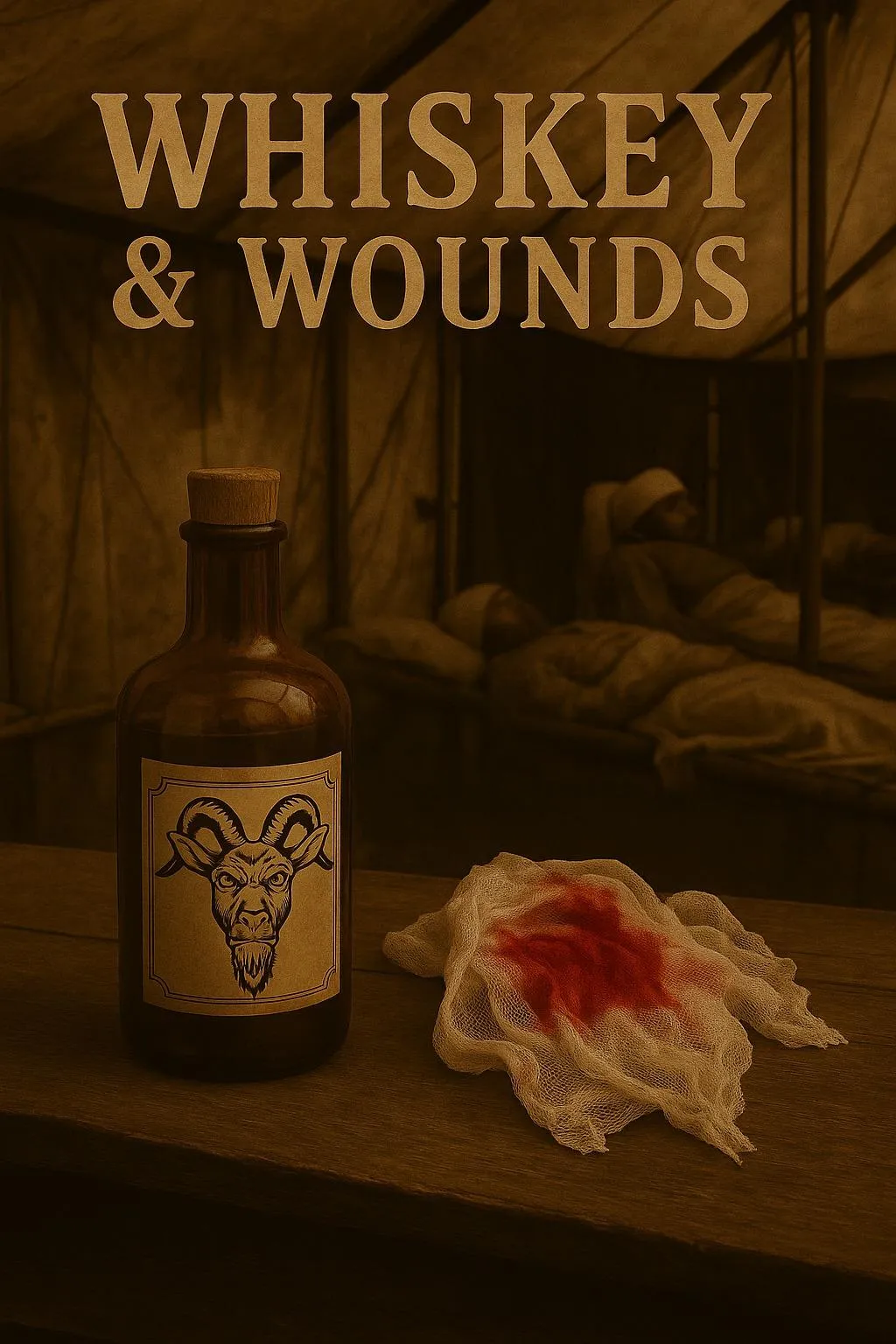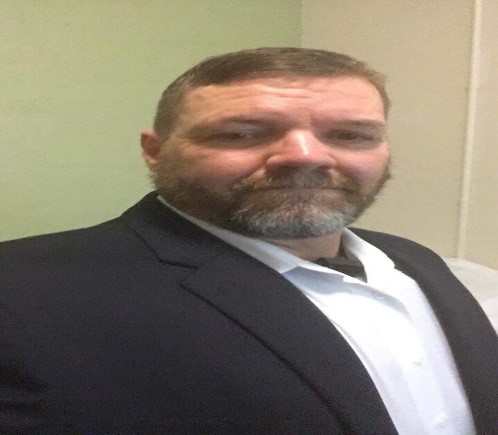
Confronting the Realities of Modern Active Shooter Response: The Debate Over EMS in the Hot & Warm Zone
Introduction
The frequency and lethality of active shooter incidents in the United States have revealed a glaring vulnerability in our emergency response model—one that centers on the role and positioning of Emergency Medical Services (EMS) and fire personnel during these events. Despite the evolution of tactical strategies within law enforcement, the debate remains active and unresolved: Should EMS be allowed into hot or warm zones to provide care before a scene is declared completely secure?
The answer, as echoed by field experience and preventable loss of life, is yes—but not without intelligent planning, proper training, and defined protocols. The Chaos, Stabilization, Recovery (CSR) framework offers a practical and structured solution. It emphasizes the need for Medical Rescue Teams (MRTs) to enter the hot and warm zone early, side-by-side with law enforcement operations. This is not just a conceptual shift—it is a moral and operational necessity.
The Legacy Model: A Barrier to Survival
Historically, EMS and fire personnel have been restricted to cold zones—areas completely cleared of threats—before rendering care. This model, rooted in traditional emergency operations and reinforced by liability concerns, prioritizes responder safety by keeping them physically distant from active threats. While this seems logical in theory, in practice it introduces dangerous delays in trauma care.
The time it takes to secure a scene, especially one involving a mobile shooter, is often the difference between life and death for victims with uncontrolled hemorrhage, airway compromise, or blunt trauma. Law enforcement may engage and neutralize the threat quickly, but EMS cannot begin care until the scene is “cleared,” leaving casualties to suffer without aid. This protocol, while designed to protect responders, contributes to the very preventable deaths we seek to avoid.
The Need for Change: Time-Sensitive Trauma
Prehospital trauma care is most effective when administered within the “platinum ten minutes” following injury. Victims with massive hemorrhage can bleed out in less than three minutes. Yet traditional response models often leave wounded individuals unaided for much longer due to security procedures. Law enforcement, whose primary mission is to stop the killing, is not trained or equipped to provide extended trauma care. This responsibility must fall to those with the training—EMS and fire personnel—who must be granted earlier access into semi-secured environments.
The CSR model recognizes this reality and offers a solution: early MRT deployment into hot and warm zones. This approach does not demand reckless exposure, but calculated, protected intervention supported by law enforcement and guided by risk mitigation protocols. MRTs provide focused care in a tactical environment, bridging the deadly delay between injury and treatment.
Understanding the Zones: Hot, Warm, and Cold
To understand the debate, it is important to differentiate between operational zones:
Hot Zone: An area of active threat (e.g., ongoing gunfire).
Warm Zone: The area adjacent to the hot zone, where the threat has been reduced but is not fully cleared.
Cold Zone: A secure area where traditional EMS and fire operations occur.
Traditional models keep EMS confined to the cold zone. The CSR model promotes MRT deployment into the hot and warm zone, where the likelihood of further violence is minimal due to ongoing tactical operations, but where patients are reachable, and early interventions can be life-saving. MRTs operate under escort or behind clearing teams to stabilize victims before evacuation.
This hot and warm zone integration does not demand that every paramedic or firefighter become a tactical operator. It requires a specialized team—trained, equipped, and supported—to operate where time is most critical. MRTs fill the gap between the tactical and medical domains, allowing for continuity of operations and better outcomes.
The CSR Framework: A Coordinated Solution
The Chaos, Stabilization, Recovery (CSR) framework provides an operational model that allows for simultaneous actions in three critical phases:
Chaos Phase
Law enforcement makes immediate entry to neutralize the threat.
MRTs are staged for rapid deployment with ballistic protection and coordinated movement.
Early medical triage begins near the point of injury.
Casualty Collection Points (CCPs) are established in the hot and warm zone to initiate life-saving interventions.
Stabilization Phase
The threat is reduced or contained.
Unified Command activates and coordinates MRTs within the zone.
Victims are triaged, reassessed, and prepared for transport.
MRTs provide continuing care and prepare for tactical evacuation.
Recovery Phase
Law enforcement clears remaining areas.
MRTs transition patients to cold zone care.
Mental health and victim services initiate.
Agencies conduct post-incident reviews and resource accountability.
This phased model is not just about adding medics to the fight—it’s about rethinking where and how we apply our resources during the most critical moments. CSR operationalizes the “stop the killing, stop the dying” philosophy through defined roles and collaborative action.
Risk Mitigation: Safety Through Preparation
One of the chief objections to hot and warm zone entry is responder safety. This concern is valid and must be addressed through training, equipment, and command oversight—not by excluding EMS & fire from early access. MRTs must be equipped with:
Ballistic vests and helmets
Communication devices compatible with law enforcement
Training in tactical movement and situational awareness
Triage protocols adapted for dynamic environments
Clear standard operating procedures (SOPs) under Unified Command
Hot and Warm zone entry should never be spontaneous. It must be governed by real-time threat assessments, pre-designated entry protocols, and communication between all agencies. With these controls in place, MRTs can safely and effectively operate within the warm zone, saving lives without unnecessary exposure.
The Cultural Shift: Divide and Conquer
The modern battlefield of the active shooter event requires a new mindset. Law enforcement cannot be expected to do it all—nor should they. Their role is to simply stop the killing. MRTs must be empowered to perform their role: stopping the dying.
This division of labor is not just efficient; it is life-saving. But for it to work, there must be a cultural and operational shift across all first responder disciplines. Agencies must train together, communicate in real time, and understand each other’s mission priorities. The days of operating in isolation are over.
When law enforcement, EMS, and fire are trained to operate as an integrated unit—sharing intelligence, coordinating movement, and executing simultaneous objectives—the result is a faster, safer, and more effective response.
Why the Time Is Now
The debate over EMS & Fire in the hot or warm zone is no longer academic. It is a matter of national urgency. Every school shooting, mass casualty event, or workplace attack underscores the price of inaction. Survivors have reported bleeding for minutes while help waited behind the tape. Officers have described the helplessness of not being able to get medical help for victims they cleared the path to.
There is no longer room for siloed thinking or doctrinal rigidity. EMS, fire, and law enforcement must break free of outdated protocols and embrace a new reality—one where time is blood, and the zone you’re in should never be a barrier to care.
Conclusion: Toward a Unified Response
The path forward is clear. EMS and fire personnel can no longer be left on the sidelines during active shooter events. MRTs must be deployed into warm zones with the protection and coordination of law enforcement, supported by the CSR framework’s phased approach. The goal is not to eliminate risk—it is to manage it while saving as many lives as possible.
Warm zone access, risk mitigation, and prehospital trauma care are not just best practices—they are operational imperatives. Breaking the mold of legacy response means choosing coordinated action over delayed care. It means training together, moving together, and winning together.
The next time an active shooter strikes, our communities will not be asking who followed protocol—they will be asking who was saved. Let’s make sure we have the right answer.
